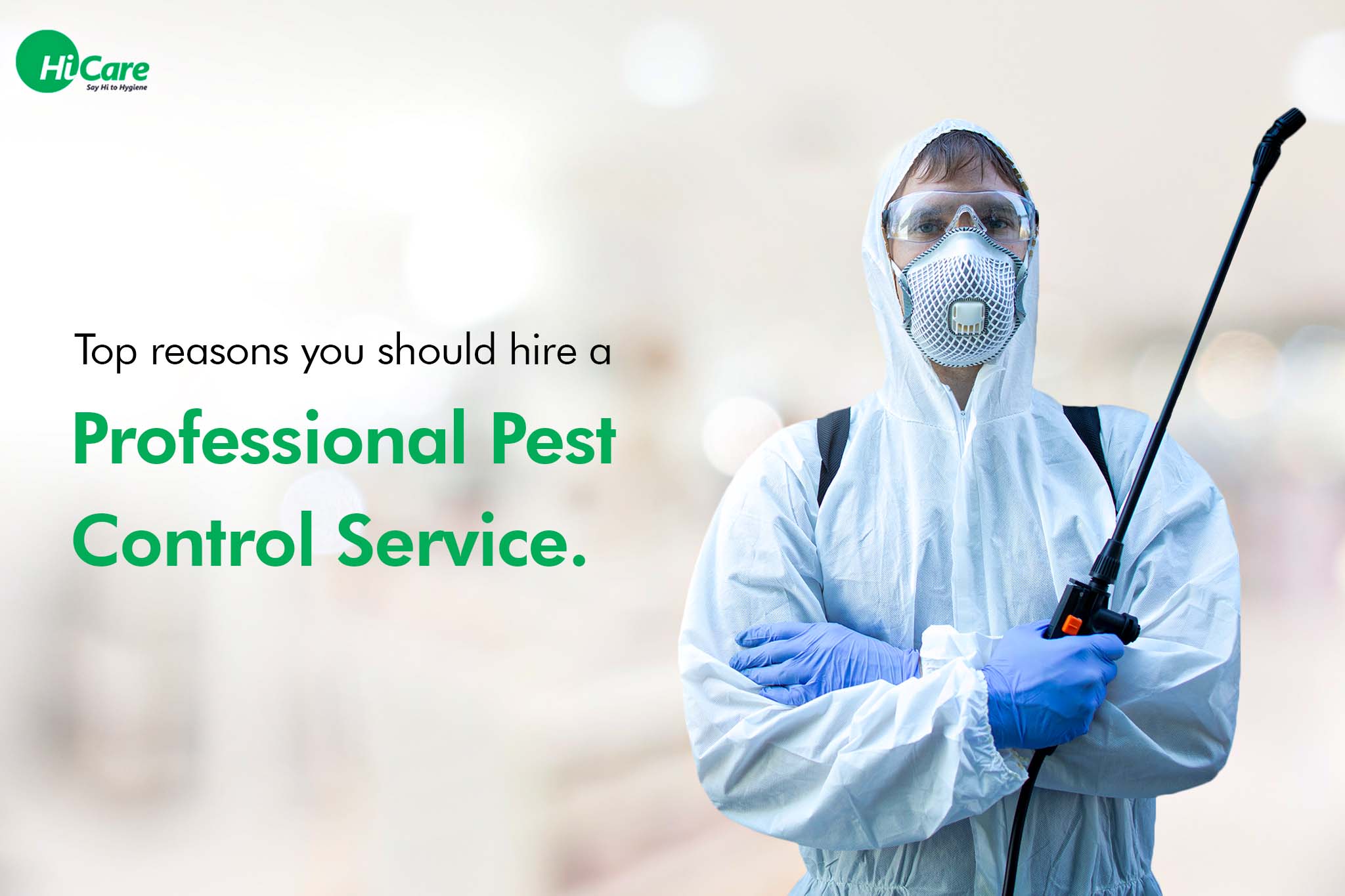Professional A1 Charlotte Bed Bug Exterminator - Quality Service Guaranteed
Professional A1 Charlotte Bed Bug Exterminator - Quality Service Guaranteed
Blog Article
Bed Insect Treatment Break Down: Comparing Chemical Vs. Non-Chemical Solutions
In the realm of bug control, especially when handling the persistent issue of bed pests, the selection in between chemical and non-chemical therapy options can be an essential one. Both techniques provide distinct advantages and disadvantages, influencing elements such as efficiency, safety and security considerations, and total price. By checking out the nuanced details of each technique, a clearer understanding of which course to pursue in dealing with a bed insect infestation can be acquired.
Effectiveness of Chemical Treatments
Chemical therapies for bed bug invasions have been commonly recognized for their rapid and powerful effectiveness in removing these bugs. When taking into consideration the performance of chemical therapies, it is essential to comprehend that they can offer a fast and comprehensive option to a bed insect problem.
In addition, chemical treatments have the benefit of supplying residual impacts, indicating that they can proceed to get rid of bed pests also after the preliminary application. This recurring activity is especially useful in combating any kind of prospective re-infestations. In addition, the fast activity of chemical treatments can bring alleviation to individuals dealing with extreme bed bug infestations, permitting them to restore control of their space swiftly.
Safety And Security Interest In Chemical Solutions
One essential element that requires mindful factor to consider when using chemical options for bed insect treatment is making sure the safety and security of owners and the environment. Exposure to certain chemicals used in bed pest therapies can lead to respiratory issues, skin inflammation, or other damaging responses, particularly in individuals with pre-existing problems or sensitivities.
Additionally, the environmental effect of chemical options is one more considerable factor to consider. Some pesticides made use of in bed bug therapies might be dangerous to advantageous insects, wild animals, and communities if they leach right into the dirt or water supply. It is important to use chemical treatments judiciously, complying with safety and security guidelines, and taking into consideration much less poisonous alternatives to mitigate these risks and make sure the safe and effective monitoring of bed pest invasions.
Benefits of Non-Chemical Strategies
Taking into consideration the potential security worries and environmental impact linked with chemical options for bed insect therapy, discovering non-chemical methods presents an appealing alternative with several unique advantages. Non-chemical therapies are environmentally pleasant, as they do not add to air or water contamination, making them a lasting option for pest control.
In addition, non-chemical remedies can be reliable in targeting bed pests, consisting of hard-to-reach areas where chemical treatments might not permeate. Techniques such as warm treatment, vacuuming, steam cleaning, and cushion encasements provide thorough elimination without using dangerous chemicals. Additionally, non-chemical strategies can be much less turbulent, calling for minimal preparation and permitting quicker reentry into dealt with locations. On the whole, deciding for non-chemical bed pest therapy methods not only prioritizes security and environmental protection however also makes sure reliable and thorough bug control.
Limitations of Non-Chemical Treatments

Additionally, non-chemical treatments frequently call for numerous applications to achieve successful eradication. This can be taxing and may not always ensure full elimination of all bed pests and their eggs, especially in hidden or hard-to-reach places.
Moreover, the success of non-chemical therapies greatly relies on appropriate application and thoroughness, which can be testing for individuals without professional experience. Inadequate why pest control application of non-chemical methods may lead to incomplete obliteration, leading to persistent invasions and the requirement for additional therapies.
As a result, while non-chemical therapies have their advantages, it is vital to recognize these restrictions and consider them when establishing the most efficient approach for handling bed insect invasions.
Price Contrast: Chemical Vs. Non-Chemical Options
Provided the constraints linked with non-chemical therapies, an important facet to assess in the context of bed pest management is the cost comparison in between chemical and non-chemical choices. Chemical therapies commonly entail the application of pesticides by experts, which can vary from $250 to $900 per area, relying on the intensity of the invasion and the size of the location to be dealt with. On the other hand, non-chemical therapies like warm treatment or steam can be more expensive, with prices varying from $1,000 to $6,000 for an entire home. While the initial cost of chemical treatments might seem lower, numerous treatments might be required to completely remove the infestation, possibly boosting the total cost. On the various other hand, non-chemical alternatives might provide an extra sustainable and eco-friendly remedy, although they can be cost-prohibitive for some individuals. Ultimately, when taking into consideration the price of bed insect treatment alternatives, it is very important to weigh the upfront expenditures versus the effectiveness and lasting sustainability of the selected approach.
Final Thought

Thinking about the prospective safety issues and ecological influence associated with chemical options for bed bug therapy, discovering non-chemical methods provides an encouraging alternative with a number of distinctive benefits.Given the restrictions connected with non-chemical therapies, a vital facet to evaluate in the context of bed insect administration is the More Help expense contrast in between chemical and non-chemical options. In contrast, non-chemical therapies like warm therapy or vapor can be much more pricey, with prices varying from $1,000 to $6,000 for a whole home. While the initial cost of chemical treatments may appear reduced, several therapies may be needed to totally get rid of the infestation, possibly increasing the general cost.In final thought, when comparing chemical and non-chemical bed insect treatment options, it is necessary to think about efficiency, security, benefits, limitations, and cost.
Report this page